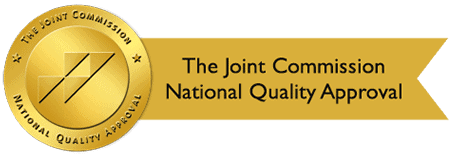By: Design for Change Recovery
Categories:
What Are Ways Art Therapy Is Done In Treatment For Addiction?
You are here:Art can be emotionally challenging for some people. Right brain or left brain- people tend to fall into one of two categories. One side is more creative while the other side is not. Art therapy isn’t for everyone. However, many people find art therapy to be a creative reprieve from what is otherwise a grueling clinical schedule of treatment.
Vision Boarding/Collages
For those who feel that they face difficulties in creative expression, creating a vision board or a collage is an easy and practical way to do art therapy. Vision boards and collages are essentially the same. A vision board tends to be more goal-focused while collaging can be thematic. For example, a popular vision board activity is to create a vision of one’s future in recovery. Another activity is creating a vision timeline of addiction. Collages can be used to express emotions, behaviors, thoughts, and dreams as well. Typically both vision boards and collages use papers, magazines, newspapers, and other print media which have pictures or words.
Photo Journaling
Not many treatment centers give clients access to a camera. For a short term period activity, however, clients might find themselves in possession of a disposable camera. Photography is based on moments. The eye catches something in an image and quickly acts with a camera to capture it. Photo journaling can also be used for “selfies”. Taking a picture each day or during moments of shifting moods, clients can see the real way they change as well as how their emotions show on their faces. An art therapist might develop the photos and ask clients to create a journal or book for displaying the timeline of their photo journey.
Mindful Art Practice
Art as a mindful practice can help clients become completely immersed in their art practice. Using mediums and tools of their choice, clients are tasked to create for about five minutes, authentically expressing how they feel, or whatever comes to them. Then, the art therapist turns off the lights and guides the clients through a mindfulness meditation. After the guided meditation, clients receive a clean medium and create again. Often, clients are astonished to find a striking difference between the before and after art work.
Addiction affects everyone differently. Treating addiction has to be done through an individualized approach which gives everyone a chance to recover in a way which works for them. There is freedom in recovery. Through treatment, you can find freedom from addiction. Call Design For Change for information on our treatment programs and recovery services: (877) 267-3646.



